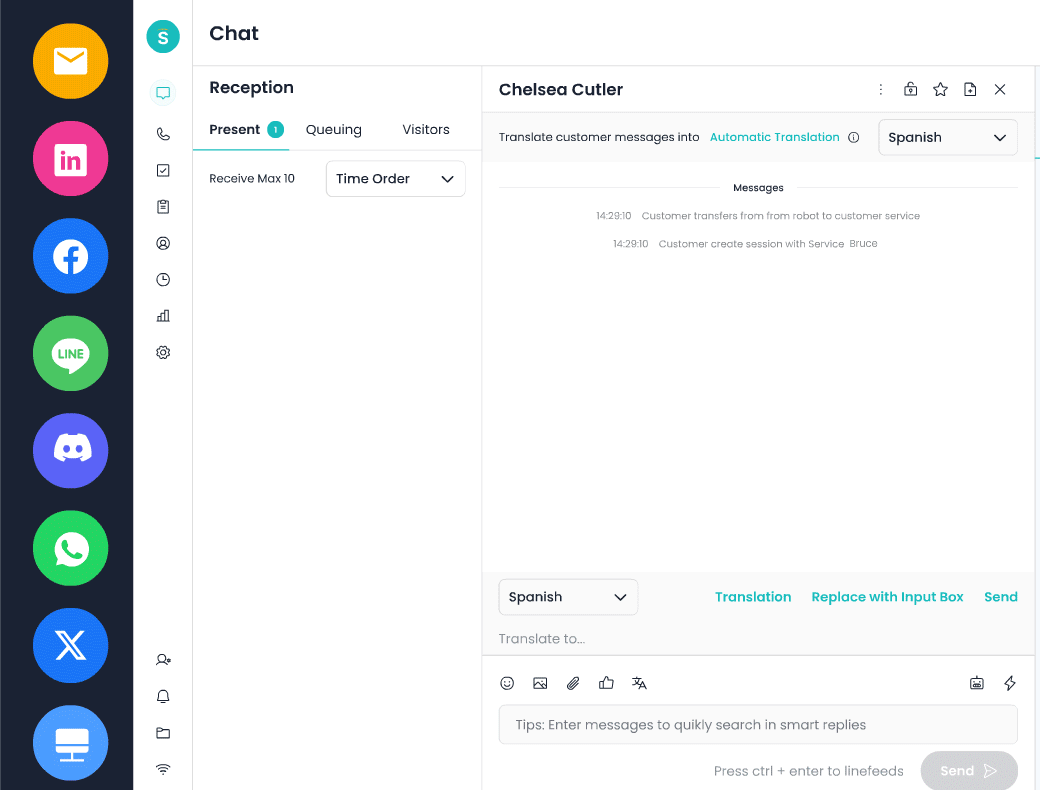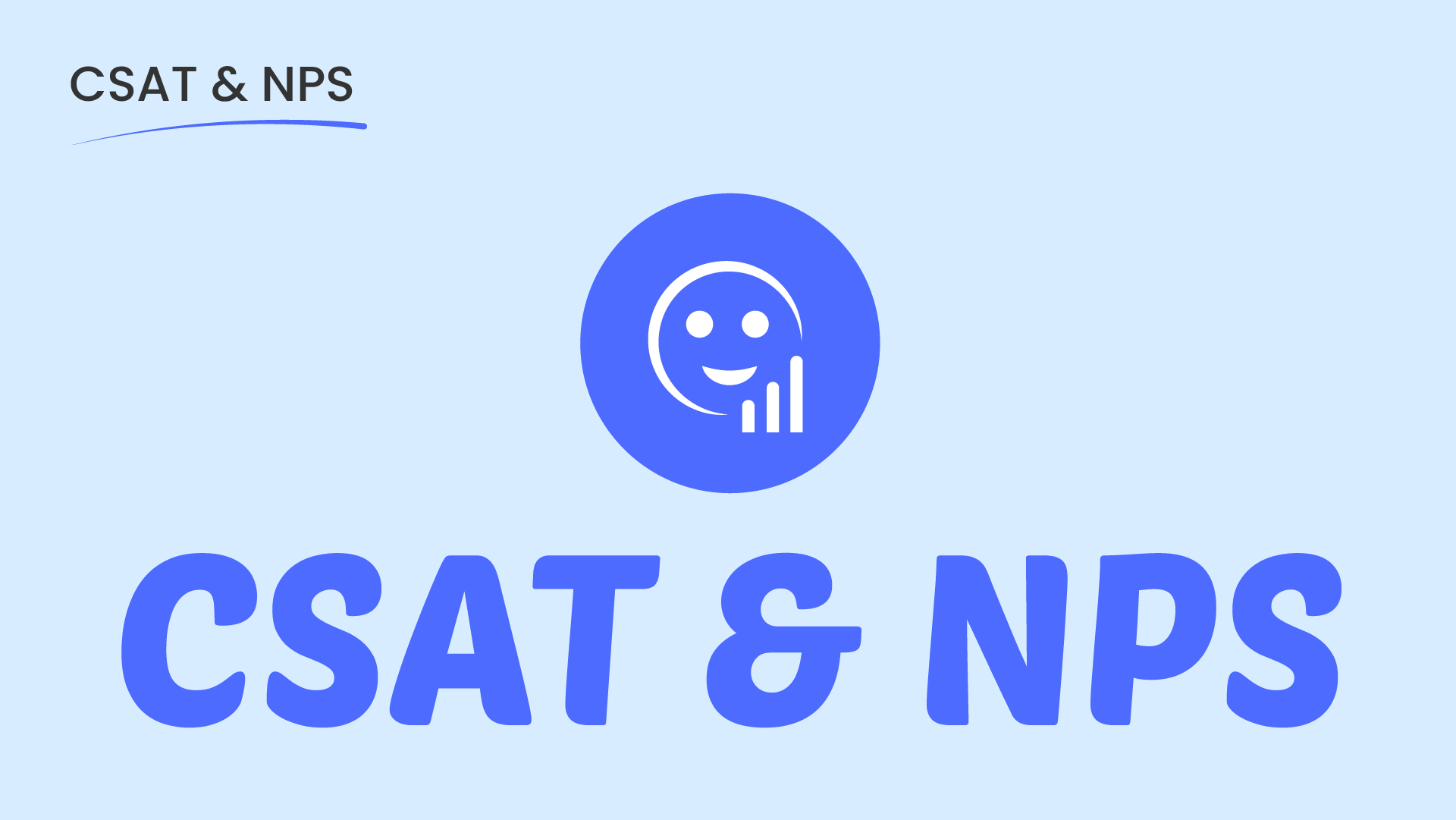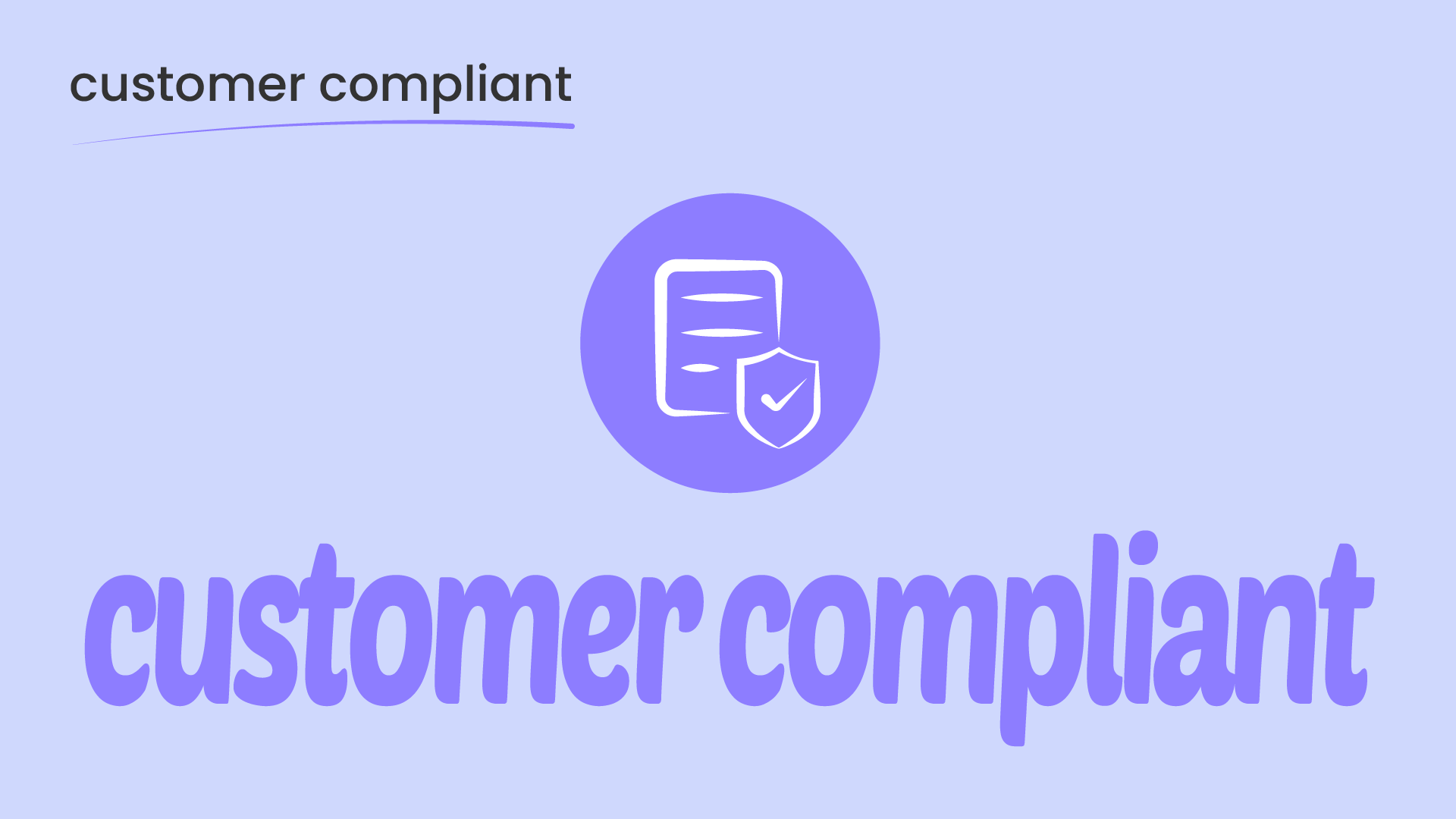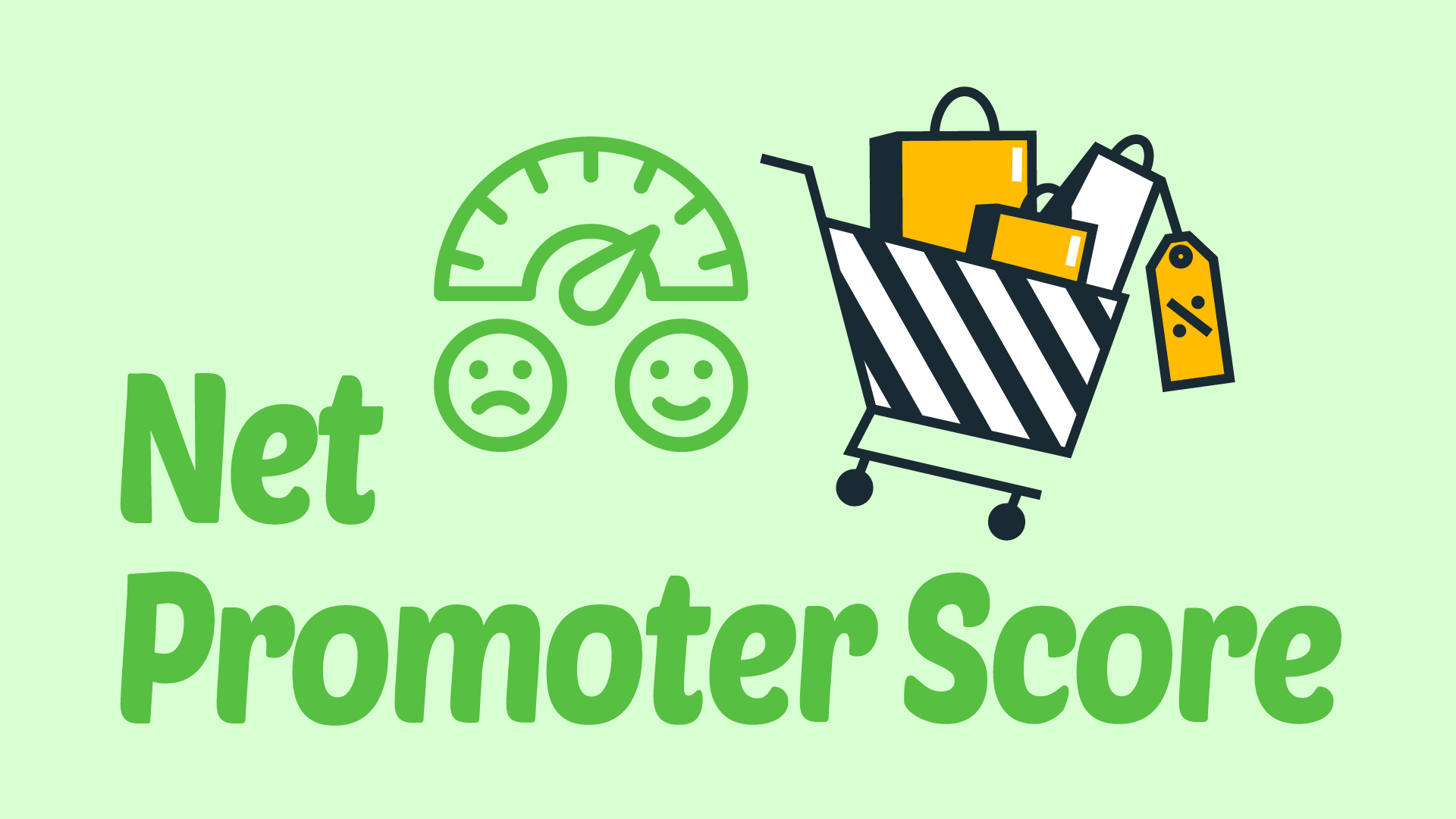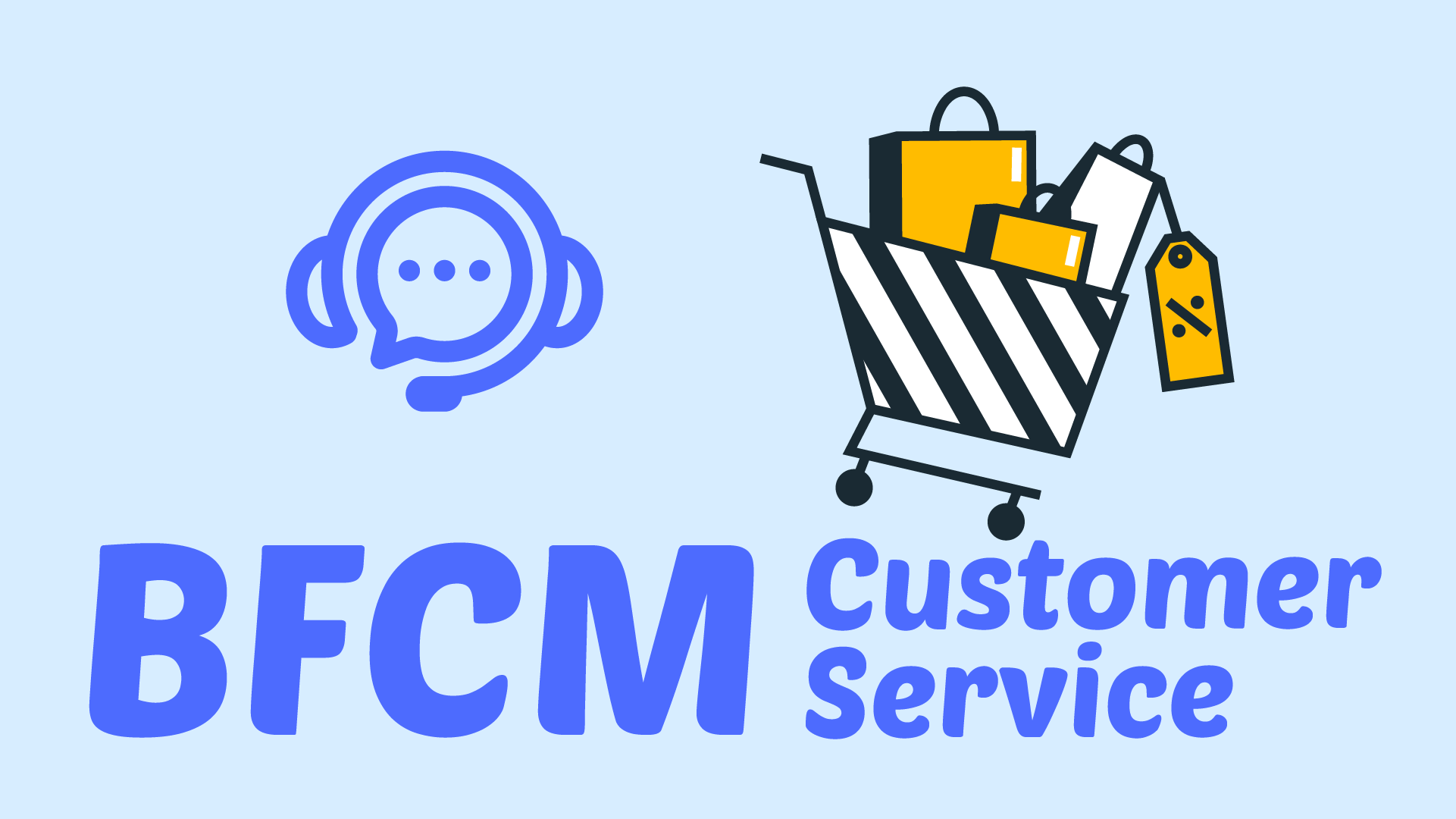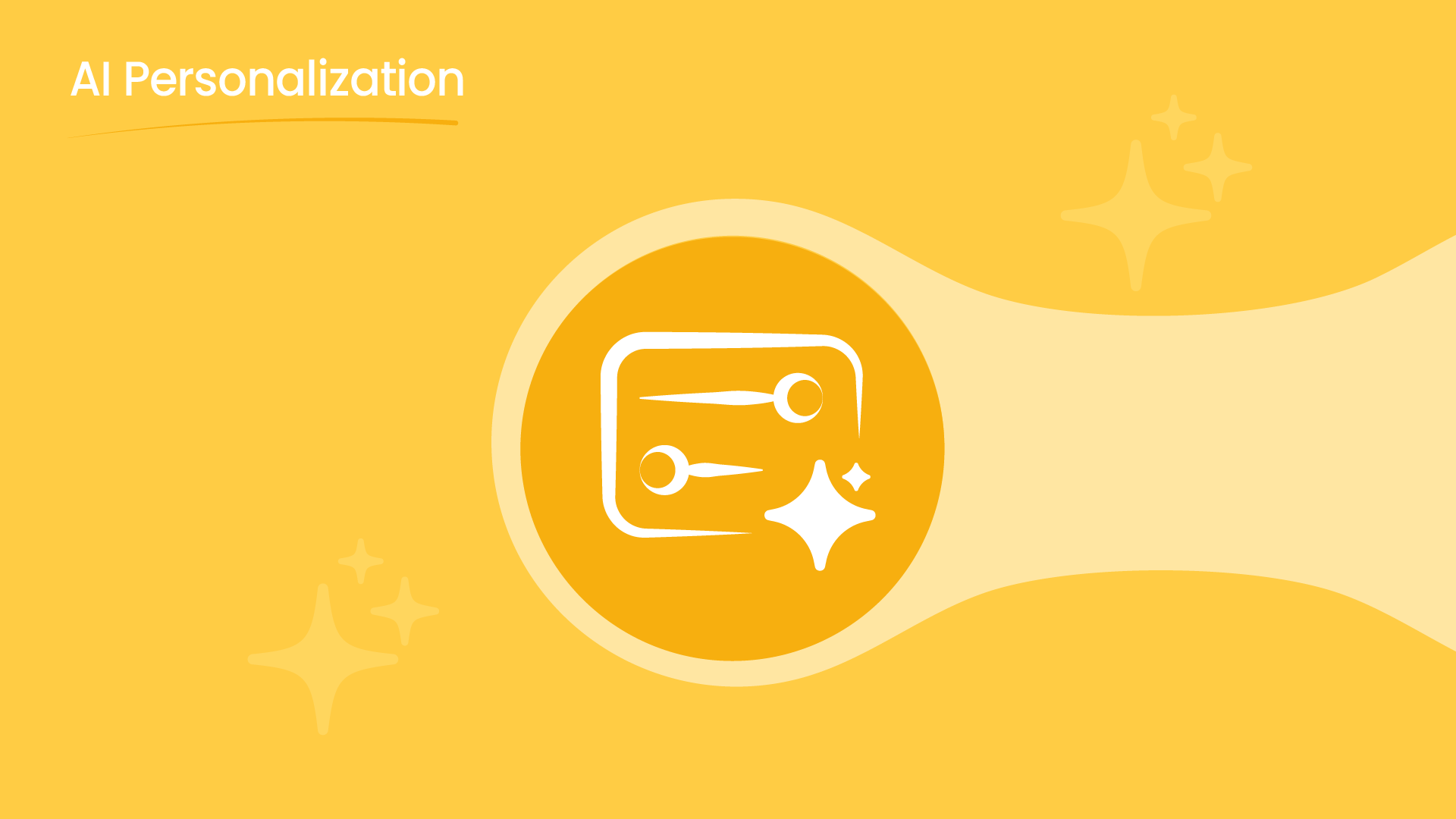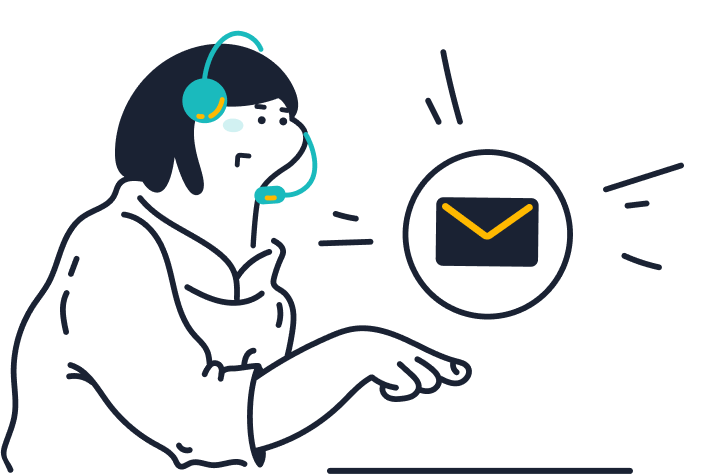Recently, a loyal user of a car rental platform had an unforgettable experience. When returning the car, the user received a satisfaction questionnaire from the platform, which included specific metrics such as vehicle condition and service attitude, and also inquired about their willingness to recommend their platform to others. Since the experience was average, the user provided a mediocre rating and an objective review.
To the user’s surprise, the next day, the person in charge of the car rental store (not people from its headquarters) proactively called to apologize and offered a free upgrade of benefits without asking the user to revise the evaluation. Such service effectively increased the user’s satisfaction, and the loyalty that had slightly declined quickly rebounded.
CSAT + NPS + Follow-up: A Proven Loyalty Recovery Strategy
In this case, the enterprise employed a combination of strategies that successfully regained customer loyalty:
CSAT (Customer Satisfaction): In the questionnaire, users rate multiple indicators such as vehicle condition and services to quantify their satisfaction with the service experience itself.
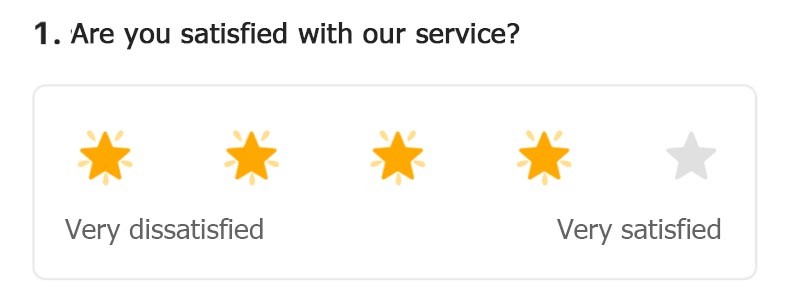
NPS (Net Promoter Score): In the questionnaire, the enterprise asks users to rate 0-10 on whether they are willing to recommend their platform to relatives and friends. This indicator measures and reflects the user’s loyalty to the of brand.

Timely calling follow-up: By proactively contacting and explaining, listening to the user’s feedbacks, apologizing, and providing compensation, the platform effectively restored user loyalty and made up for shortcomings in the service experience.
While CSAT and NPS surveys were aimed at “quantifying the service”, transforming subjective emotional experiences into objective numerical values to assess the degree of satisfaction, follow-up was a response to the less-than-ideal numerical values obtained earlier, with the goal of restoring the customer’s satisfaction. This combination of strategies indeed had a positive impact on the customer, and made the platform successfully regain customer loyalty. For customer service agents in many enterprises, CSAT and NPS have already been very common metrics, and they are particularly beneficial for two types of business:
- Service-related businesses: Include domestic services (car rental, home cleaning, etc.), after-sales installation/repair services (installation and repair after purchasing household appliances) and more. In these services, businesses need to grasp and evaluate the completion level of the “service”, which is usually subjective.
- High-value complex products: Include 3C digital products and household appliances, which have relatively complex and diverse usage scenarios. Different users may have significant differences in their experience, which in turn affects their loyalty to the brand.
Three Key Elements to Maximize the Value of Follow-up Surveys
Though many businesses are engaging in follow-up and doing satisfaction surveys, only a few have truly succeeded in regaining loyalty and improving service experiences. After researching the follow-up experiences of numerous businesses, it is found that when it comes to individual customer follow-ups, achieving the desired outcome requires 3 key elements: time, coverage, and emotional anticipation.
Conduct Follow-up Surveys at the Right Time—Faster is not Always Better
Many businesses conduct follow-up surveys immediately after a transaction or a service, but different types of businesses should not process them the same way.
For service-related businesses, it is common to conduct follow-ups on the same day the service is completed. At this point, the service is still impressive to customers, and immediate follow-up helps to understand their satisfaction with the service itself. In case of dissatisfaction or complaints, businesses can provide timely intervention. However, for services that may have a lasting impact on the subsequent user experience, such as home appliance repairs, it is necessary to conduct another follow-up within one week to track ongoing satisfaction.
For high-value complex products, it customers have not inquired, complained or asked for returns proactively, it is better to conduct follow-ups in 3 to 7 days after delivery. This gives customers sufficient time to experience the product. For home appliances that require installation, separate follow-ups are typically conducted for the product and the installation service.
Different businesses have different requirements for the pace of follow-up surveys. It is necessary to connect the customer service system to the after-sales system and set flexible triggers to automatically initiate the corresponding surveys at the right time. This is especially important for businesses that need to conduct multiple surveys with different purposes or have longer intervals between surveys.
Multi-channel Coverage—Reach as Many Users as Possible for the Surveys
Since the goal is to improve overall loyalty, no customer should be easily overlooked. Sending out questionnaires through as many channels as possible can maximize the chances of customers clicking on the questionnaires.
Businesses generally use intelligent outbound calls and SMS together to conduct customer follow-up surveys. But for cross – border ecommerce businesses, the ways of reaching out to customers are more diverse due to the cultural diversity. In general, if survey questionnaires are distributed through three main channels – email, international SMS, and social media (such as WhatsApp) – at the same time, the success rate of collection can basically reach 50%. If businesses are more proactive, they can also use intelligent outbound calls to remind customers, which will increase the success rate.
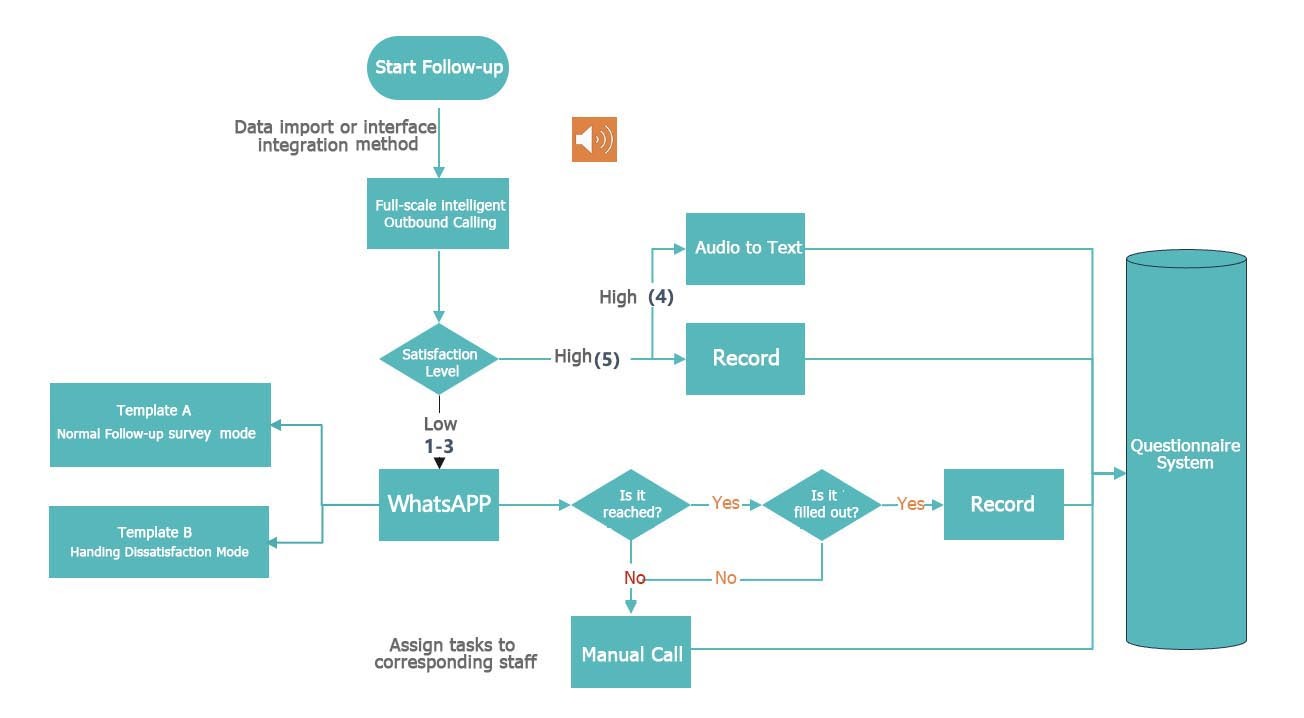
In addition, some companies will directly conduct follow-up surveys through manual phone calls. However, for companies going global, there are three major concerns about manual outbound calls:
- In many countries, customer service is mostly the BPO outsourcing model. With language barriers, the service process management is very difficult.
- Manual calling not only increases the workload of human agents, but also makes the cost of personnel higher due to the multilingual service needs.
- Calls to multiple countries will result in higher call loss. It is more difficult to make timely and effective callbacks by agents in the corresponding regions.
All of these not only pose a great challenge to the connection rate, but also require high-quality global number resources and flexible scheduling to ensure smooth operations. Therefore, it is suggested that human agents should use SMS, email and other methods together for assistance.
Human Intervention– Make Your Customer Recovery Orderly and Predictive
For users who give low CSAT/NPS scores, businesses need to follow up through warm and empathetic methods to create opportunities for communication and connection with customers.
In addition to the art of speaking, how do human agents select the customers need to be followed up with? How can they be reminded of the appropriate time for follow-up? How can they clearly understand the reasons for customer dissatisfaction before the call? These factors will directly affect agents’ prediction and preparation for the customer’s situation, which in turn will impact the final recovery result and internal processing efficiency.
Sobot: One-Stop Follow-up with Precise Management
By using the Sobot intelligent customer service system, businesses can cover all the 3 key elements of the follow-up survey in a one-stop manner:
- Through the rule engine, businesses can flexibly set the time of follow-up based on the transaction time of the order, and the follow-up actions will be carried out automatically.
- Sobot has integrated with more than 10 mainstream social media and e-commerce platforms such as WhatsApp, Messenger, and Amazon, and supports international SMS, which helps businesses flexibly conduct multi-channel reach and cover global users in a one-stop manner.
- Sobot provides global DID numbers and line resources, and has a call center and intelligent outbound calling system that serves global businesses, helping them easily call their users globally. At the same time, all communication records of a single user will be displayed in real-time on the side panel of the call center, helping agents to make predictions before the call.
Currently, dozens of retailers such as OPPO, Tineco, and MICO have already used the Sobot intelligent customer service system for follow-up surveys. If you’re also interested in follow-up surveys, you’re always welcome to contact Sobot anytime!
